Myofascial Release: What It Is and Why It Matters
September 11, 2025
9 min

Understanding Myofascial Release
Myofascial release (MFR) is a specialized manual therapy focusing on the fascia, the connective tissue encasing muscles, organs, and bones. This gentle, sustained-pressure technique aims to alleviate pain, restore mobility, and promote healing by addressing restrictions in this vital tissue network. As awareness of MFR grows, so does its importance in treating various musculoskeletal and chronic pain conditions. This article explores the fundamentals of myofascial release, its mechanisms, benefits, and clinical relevance, providing a comprehensive overview for readers seeking to understand why it matters for health and healing.
What Is Myofascial Release and How Does It Work?

What is myofascial release?
Myofascial release is a hands-on therapy technique that specifically targets the fascia—the continuous web of connective tissue that surrounds muscles, nerves, bones, and organs. This tissue provides support and helps maintain the body's structure while allowing for movement and flexibility.
During the therapy, a trained practitioner applies gentle, sustained pressure to specific areas where the fascia has become stiff, tight, or restricted. These areas, known as trigger points, can cause localized pain or refer pain to other parts of the body. The goal is to release these restrictions, improve fascial mobility, and reduce discomfort.
Myofascial release is used to treat a variety of conditions including myofascial pain syndrome, back pain, fibromyalgia, carpal tunnel syndrome, and TMJ disorders. Many patients experience not only pain relief but also increased range of motion, better circulation, and a feeling of relaxation after sessions. Though generally safe, the treatment should be performed carefully, especially in cases involving fractures, open wounds, or other severe health issues.
How does myofascial release therapy work?
This therapy functions by working directly with the fascia—a web-like connective tissue that encases muscles, nerves, bones, and organs. Over time, fascia can become stiff due to trauma, inflammation, or repetitive stress, leading to pain, restricted movement, and muscle tightness.
During a session, the therapist locates these stiff or less elastic fascial areas by feeling for tissue that feels dense or less pliable. Gentle, sustained pressure is then applied to stretch or knead these areas, gradually releasing adhesions and knots.
The mechanic behind MFR involves restoring normal fascial flexibility and elasticity, which allows muscles and joints to move more freely. Improved blood flow promotes healing, and the release of tension in the fascia can lead to decreases in pain and increases in functional mobility.
Most sessions last from 15 to 50 minutes and are tailored to each patient's needs. The overall aim is to normalize the fascial system, reduce chronic pain, and enhance overall movement and well-being.
Techniques and Approaches in Myofascial Release

What are the typical techniques used in myofascial release?
Myofascial release therapy employs a variety of techniques to help release tension in the fascial tissues that surround muscles and organs. The primary approach involves applying sustained, gentle pressure over specific points to relax and elongate the fascia. This pressure is usually manual, delivered by trained therapists who use their hands or fingers to locate and target tight or restricted areas.
There are two main methods: direct and indirect myofascial release. In direct release, the therapist applies pressure directly on the tight fascial area, gradually increasing until relaxation occurs. Indirect release, on the other hand, involves gentle pressure that allows the fascia to release naturally as the tissue relaxes around the pressure.
Besides manual techniques, other methods include skin rolling, where the therapist lifts and rolls the skin and superficial fascia to release adhesions. Stretching and repositioning techniques are used to elongate the fascia further. Massage alone can also be part of treatment, often combining kneading or cross-friction techniques to break up dense adhesions.
Tools such as foam rollers, massage balls, and specialized instruments can facilitate self-myofascial release, especially outside of clinical settings. These tools help individuals target stubborn knots and trigger points through controlled pressure and rolling motions.
Instrument-assisted techniques like the Graston Technique or Active Release Techniques (ART) are also utilized by some practitioners. These methods involve using metal or plastic tools to detect and treat areas of dense scar tissue or adhesions more precisely.
In summary, myofascial release uses a blend of gentle manual pressure, stretching, and specialized tools to improve fascial mobility, decrease pain, and restore function. The combination of these techniques supports a holistic approach, often tailored to each patient’s specific needs and conditions.
For more information on myofascial release methods and self-care strategies, searching for "Myofascial release therapy techniques and self-release methods" can provide additional insights and practical tips for self-treatment and professional practices.
Benefits and Clinical Significance of Myofascial Release
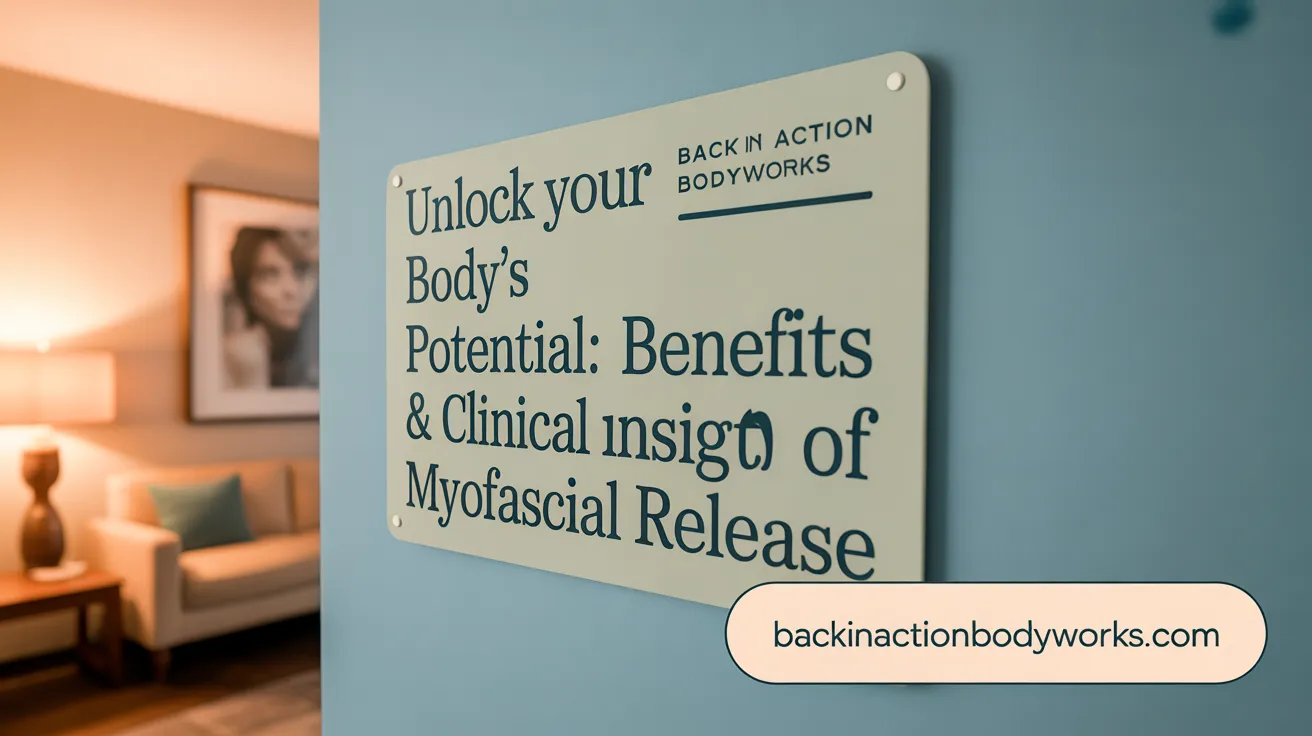
What are the benefits and advantages of myofascial release?
Myofascial release therapy offers a range of physical and mental health advantages. Most notably, it significantly reduces pain and muscle tightness, helping ease both chronic and sudden discomfort. This gentle manual technique targets restrictions within the fascia — the connective tissue that surrounds muscles, bones, and organs — to restore natural movement and flexibility.
Improved circulation is another key benefit. By promoting better blood flow, myofascial release supports tissue healing and reduces inflammation. Many patients report a deep sense of relaxation and stress relief during and after treatment, contributing to overall well-being.
Regular sessions can also be instrumental in injury prevention and recovery. For athletes or those recovering from surgery or trauma, the therapy helps loosen muscles, improve posture, and enhance physical resilience. As a non-invasive, drug-free approach, myofascial release is suitable for multiple age groups and physical conditions, making it a versatile method to improve mobility and quality of life.
What are the clinical applications and significance of myofascial release?
Clinically, myofascial release (MFR) is employed to treat a broad spectrum of musculoskeletal and chronic pain conditions. It’s especially valuable in managing persistent back pain, fibromyalgia, headaches, and sports-related injuries. It is also used in post-surgical rehabilitation and for neurological issues such as stroke recovery.
This therapy is often incorporated into comprehensive pain management programs alongside other modalities like trigger point injections and exercise therapy. Its focus on releasing tension in the fascia helps improve pain levels, reduce muscle restrictions, and increase mobility.
Advances in diagnostic tools—such as ultrasound-guided injections and elastography—allow practitioners to target treatment more precisely. Collectively, clinical evidence supports myofascial release’s role in promoting circulation, alleviating pain, and restoring movement. Its holistic and minimally invasive nature makes it an attractive option for many patients seeking relief from musculoskeletal ailments and enhanced physical function.
| Aspect | Details | Additional Notes |
|---|---|---|
| Pain reduction | Effective in alleviating chronic and acute pain | Especially useful for low back pain, fibromyalgia, headaches |
| Mobility enhancement | Improves flexibility and range of motion | Suitable for post-injury and post-surgical recovery |
| Treatment scope | Used for musculoskeletal, neurological, and connective tissue conditions | Also includes sports injuries and postural issues |
| Techniques | Gentle pressure, stretching, manual tools | Can be tailored for individual needs |
| Equipment | Hands, foam rollers, specialized tools | Enhances treatment precision |
| Benefits | Pain relief, circulation, relaxation, stress reduction | Contributes to overall well-being |
| Clinical integration | Part of multidisciplinary rehab | Combined with other therapies for best results |
| Evidence | Growing but needs further research | Supports inclusion as adjunct therapy |
This combination of clinical utility and broad health benefits underscores myofascial release as a valuable technique in physical therapy and pain management, with ongoing research expanding its proven applications.
Myofascial Release in Pain Management and Specific Conditions
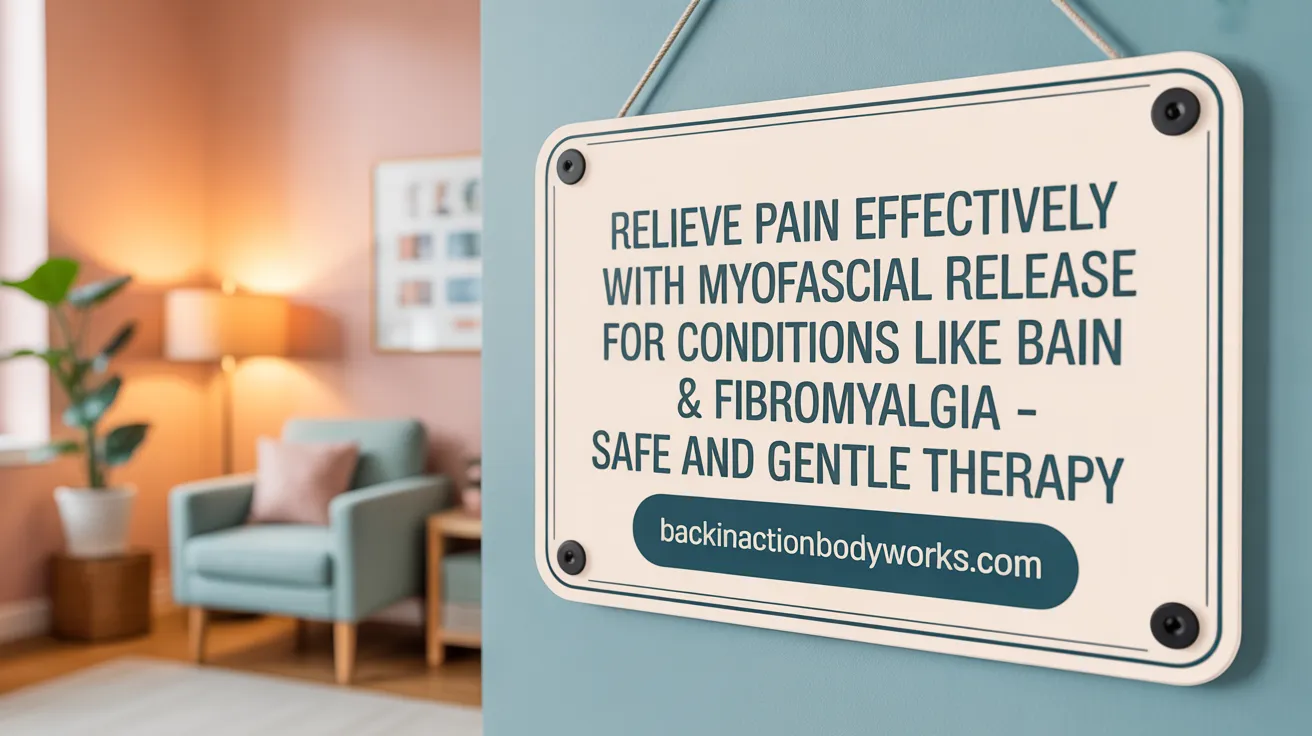
What role does myofascial release play in managing pain, especially back pain?
Myofascial release (MFR) is a valuable technique for managing back pain by working directly on the fascia—the connective tissue surrounding muscles, bones, and nerves. When fascia becomes tight or knotted after injury or poor posture, it can cause significant discomfort and limit mobility. During MFR therapy, a trained practitioner applies gentle, sustained pressure to targeted stiff areas, helping to loosen the fascia and release tension.
Research supports its effectiveness, showing that MFR can reduce back pain severity and disability. It improves blood flow, eases muscle tightness, and restores ease of movement. Regular sessions can diminish chronic discomfort and enhance overall function. Because it is minimally invasive and generally safe, MFR is often used alongside other treatments to create a comprehensive pain management plan.
Which conditions or issues can myofascial release address?
Myofascial release therapy is adaptable for many health issues involving fascial restrictions and musculoskeletal pain. It is particularly effective for conditions like fibromyalgia, characterized by widespread tenderness and muscle stiffness, and myofascial pain syndrome, where specific trigger points cause localized or referred pain.
The therapy also benefits those with temporomandibular joint (TMJ) disorders, chronic migraines, and neck or hip pain—conditions often linked to fascial tightness. Athletes or individuals recovering from sports injuries can use MFR to relieve fascia restrictions, prevent future injuries, and promote quicker recovery.
Furthermore, MFR is helpful for reducing scar tissue after surgery, alleviating plantar fasciitis, and improving overall mobility. Its holistic approach targets the underlying tissue restrictions, offering relief across a broad spectrum of conditions and enhancing daily movement and comfort.
Overview of Conditions Treated with Myofascial Release
| Condition | Main Areas Affected | Additional Benefits |
|---|---|---|
| Back Pain | Lumbar and thoracic spine | Increased mobility, reduced stiffness |
| Fibromyalgia | Widespread muscle pain | Decreased tenderness, better sleep |
| TMJ Disorder | Jaw joint, head | Improved jaw function, reduced headaches |
| Chronic Migraines | Head, neck areas | Pain relief, relaxation |
| Sports Injuries | Muscles, fascia | Faster recovery, injury prevention |
| Scar Tissue Post-Surgery | Different body parts | Improved healing and movement |
This therapy's versatility, safety, and ability to address various pain sources make it a popular choice for those seeking alternative or complementary treatments.
Considerations, Risks, and the Importance of Myofascial Release for Health
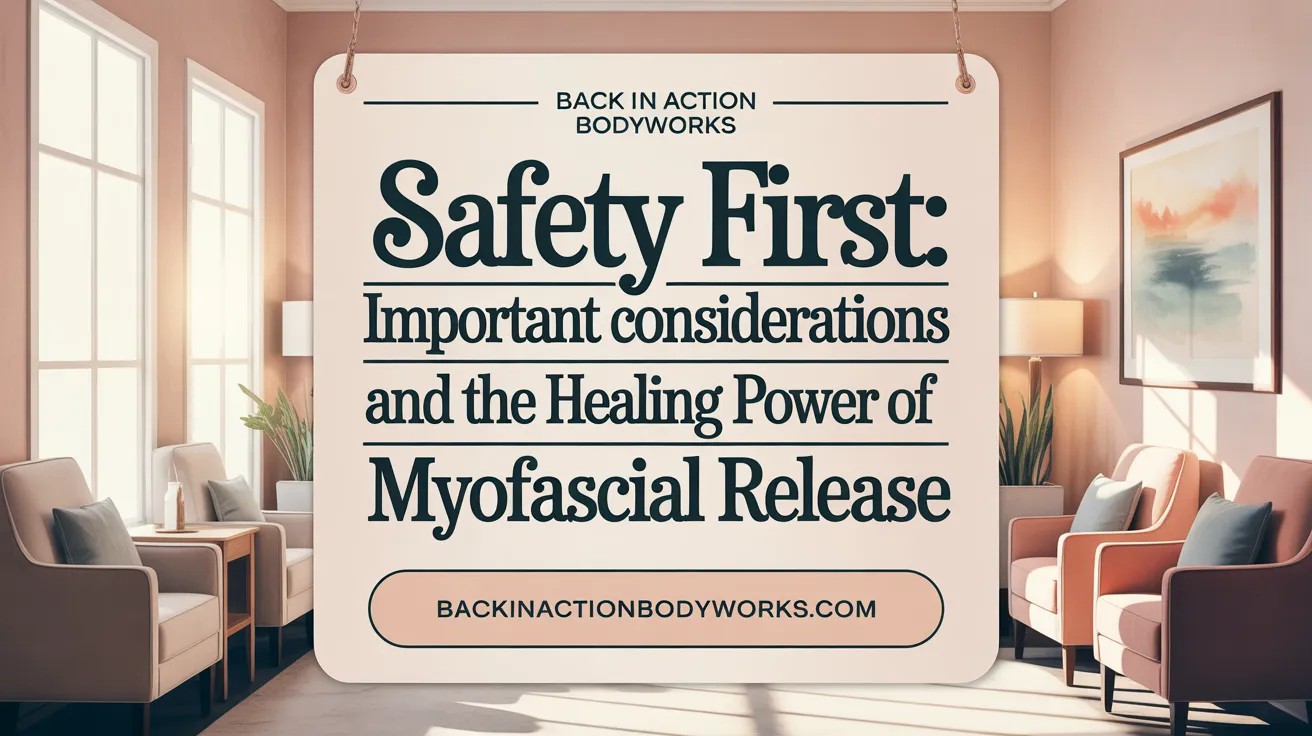
What potential risks or considerations should be kept in mind regarding myofascial release?
Potential risks of myofascial release include temporary soreness, bruising, or increased discomfort if performed improperly. Although generally considered safe, there is a small risk of more serious complications such as nerve damage or internal bleeding, particularly if contraindicated conditions like fractures, open wounds, or blood clotting issues are present. Properly trained practitioners should perform the technique to minimize these risks, and individuals with certain health conditions should consult their healthcare provider before treatment. Some patients may experience mild adverse effects like soreness or fatigue afterward. Overall, while most side effects are mild and infrequent, it is important to ensure treatment is tailored to individual health status and performed by qualified professionals.
In what ways is myofascial release important for health and healing?
Myofascial release plays a vital role in health and recovery by addressing restrictions in the fascia, the supportive web of connective tissue around muscles, bones, and organs. By gently applying sustained pressure, this therapy helps release knots and tension, reducing chronic pain and improving flexibility. It supports the body's natural healing processes through enhanced circulation and lymphatic flow, promoting faster recovery from injuries. Additionally, myofascial release encourages relaxation and stress relief, which benefits overall emotional well-being. Regular sessions can significantly enhance life quality by decreasing pain, restoring mobility, and maintaining healthy tissue function.
Can you provide an educational overview of myofascial release to help understand its importance?
Myofascial release (MFR) is a manual therapy technique created by John Barnes that targets the fascia, a vast, continuous connective tissue network enveloping muscles, organs, and bones. The process involves gentle, sustained pressure to release tightness and restrictions caused by injury, inflammation, or poor posture. This approach can alleviate pain, enhance mobility, and improve postural alignment. It’s effective for conditions like back pain, fibromyalgia, sports injuries, and nerve compressions such as carpal tunnel syndrome. Scientific research supports MFR's benefits, highlighting its role in promoting tissue healing, reducing pain levels, and supporting structural health. Understanding the fascia's important function and the gentle manual techniques used in MFR underscores its significance as a holistic approach to pain management and physical therapy.
The Lasting Impact of Myofascial Release on Well-being
Myofascial release emerges as a gentle yet powerful manual therapy addressing the intricate fascia network essential for movement, support, and pain management. Its capacity to relieve tension, improve circulation, and restore mobility makes it invaluable for a diverse range of conditions from chronic pain syndromes to sports injuries. While generally safe, effective treatment depends on skilled practitioners aware of patient-specific risks and contraindications. As research evolves, myofascial release continues to solidify its role in holistic health and rehabilitation. For individuals seeking a non-invasive, supportive approach to physical wellness, understanding and embracing myofascial release offers a pathway to greater comfort, function, and quality of life.
References
- Myofascial Release Therapy
- What Is Myofascial Release, and Does It Work?
- Myofascial release therapy: Can it relieve back pain?
- What to Know About Myofascial Release Therapy
- Myofascial Release
- Myofascial Release (MFR): An Overview
- The Benefits of Myofascial Release Massage
- Advanced Myofascial Release Technique for Chronic Pain ...
- Myofascial Release | Spokane Valley | Centennial Sports & ...
- Myofascial Release Therapy
Recent articles

Corrective Exercises That Help Prevent Recurring Pain

8 Corrective Exercises Proven for Lasting Pain Relief

Lifestyle Habits for Maintaining a Healthy Spine

What You Will Experience at Your Initial Chiropractic Visit

What Happens at Your First Visit to a Chiropractor?
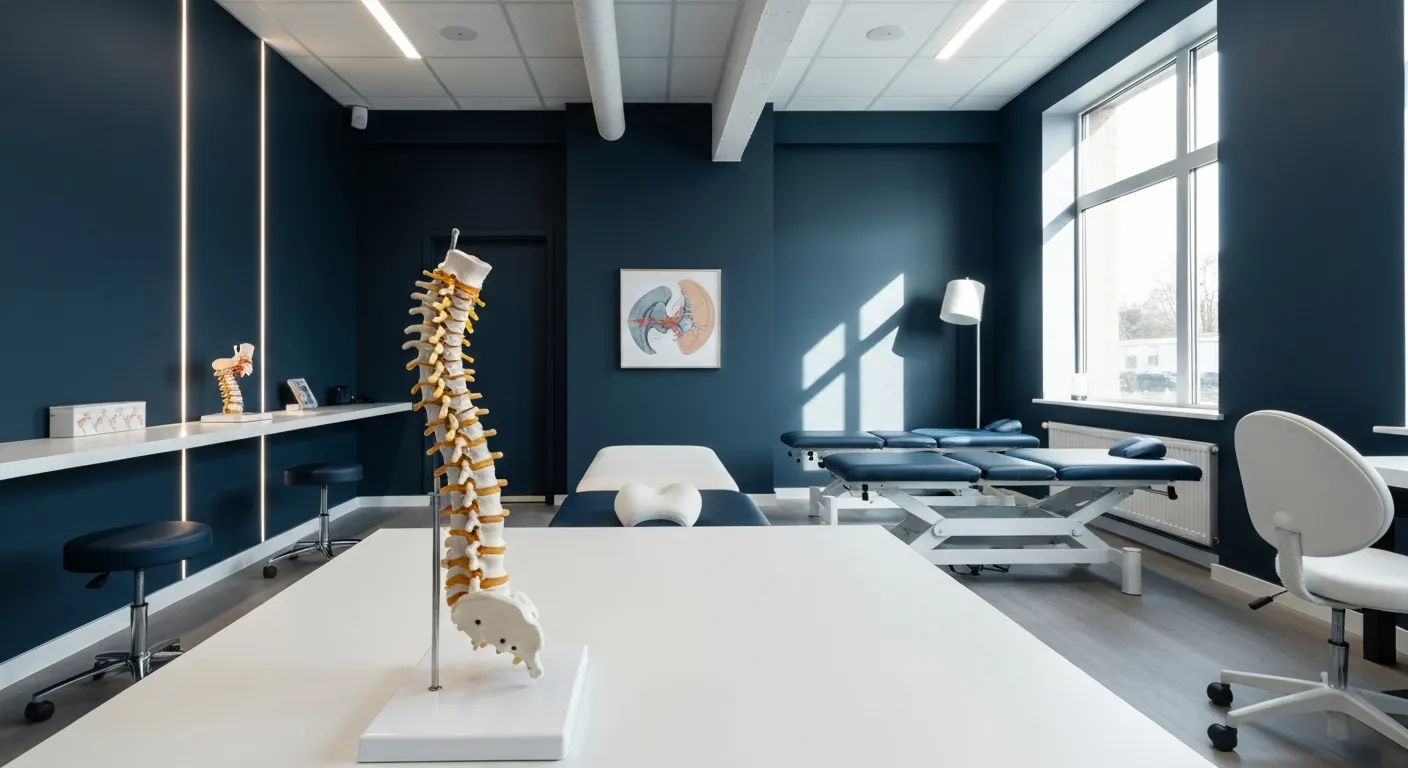
Focusing on Root Cause Analysis for Effective Pain Relief
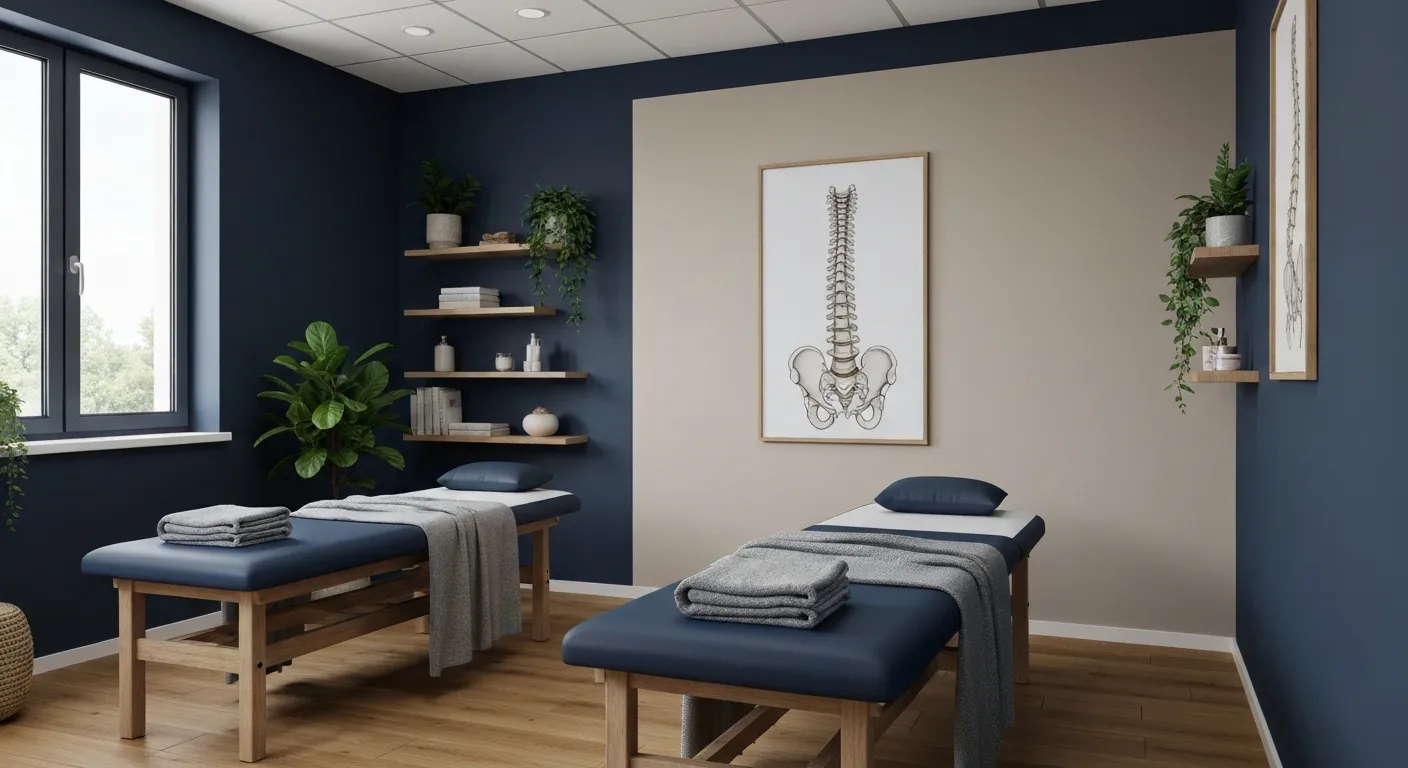
Tips for Lifestyle Changes to Support Spinal Health

Holistic Treatment Plans: Alternatives to Surgery for Chronic Pain

Enhance Wellness Through Personalized Nutritional Counseling

Non-Invasive Pain Relief: Exploring Holistic Treatment Alternatives
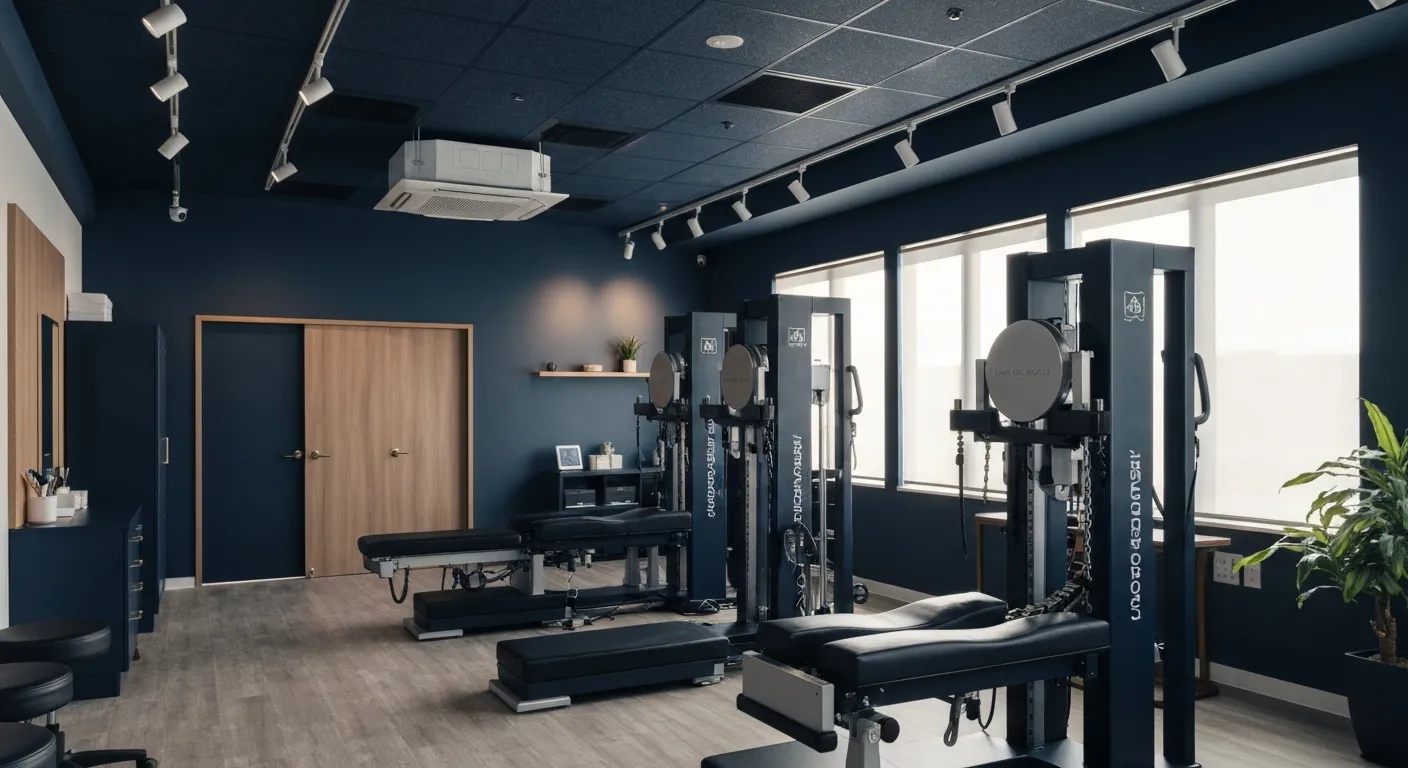
Sciatica Relief Through Targeted Spinal Decompression

Integrating Physiotherapy with Chiropractic Treatments for Better Results

Testimonials That Demonstrate the Benefits of Chiropractic Care

The Power of Corrective Exercises in Pain Management

A Step-by-Step Guide to Your Initial Chiropractic Consultation

9 Nutritional Tips to Enhance Your Chiropractic Wellness Journey

Patient Experiences: How Chiropractic Care Changed Their Lives

Lifestyle Recommendations to Keep Your Spine in Top Shape

Effective Corrective Exercises for Long-Term Pain Relief

Back Pain Benefits: What Chiropractic Care Can Do for You

Spinal Decompression Techniques for Effective Sciatica Relief
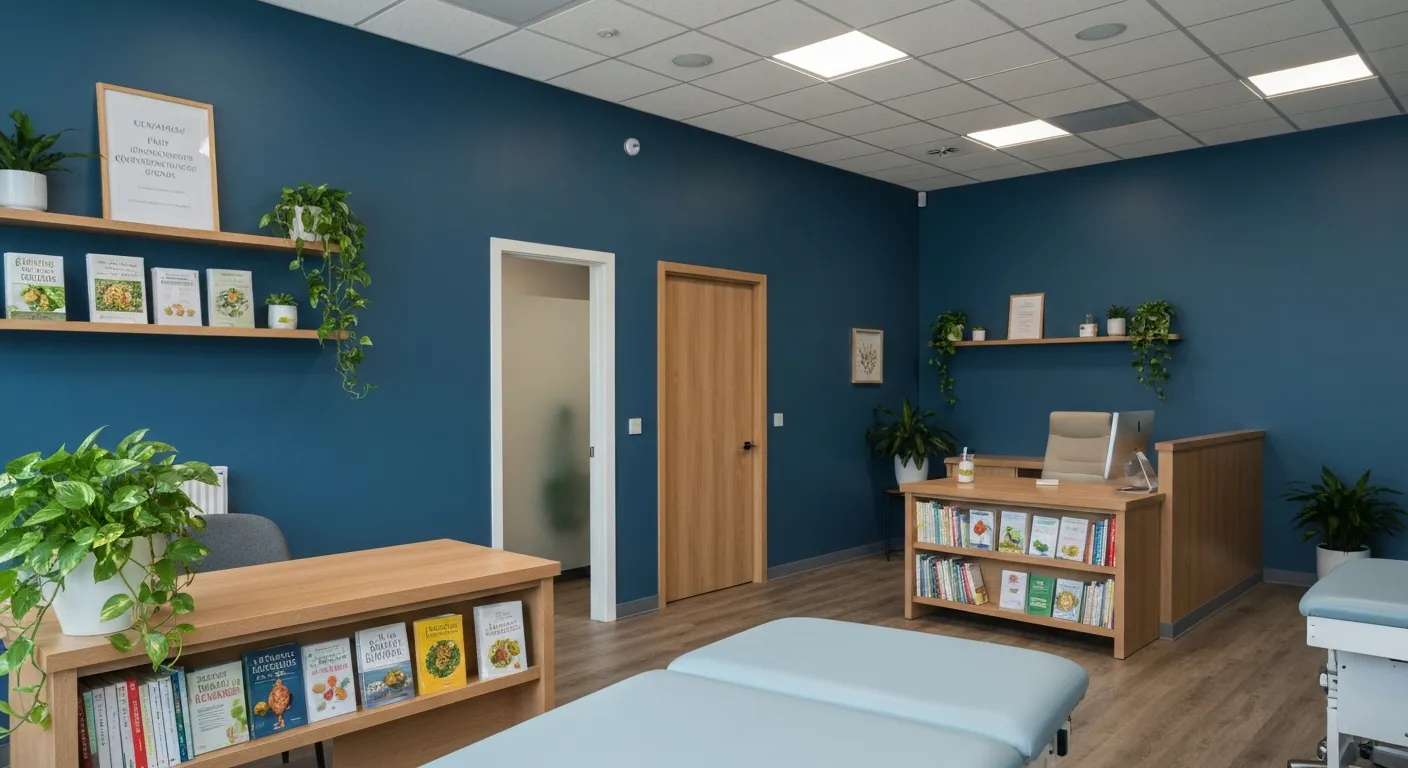
Top Nutritional Counseling Tips for Enhanced Wellness

6 Lifestyle Habits That Boost Spine Health Daily

Discover Holistic and Non-Surgical Pain Relief Solutions

Exploring Holistic and Non-Surgical Treatment Options for Pain
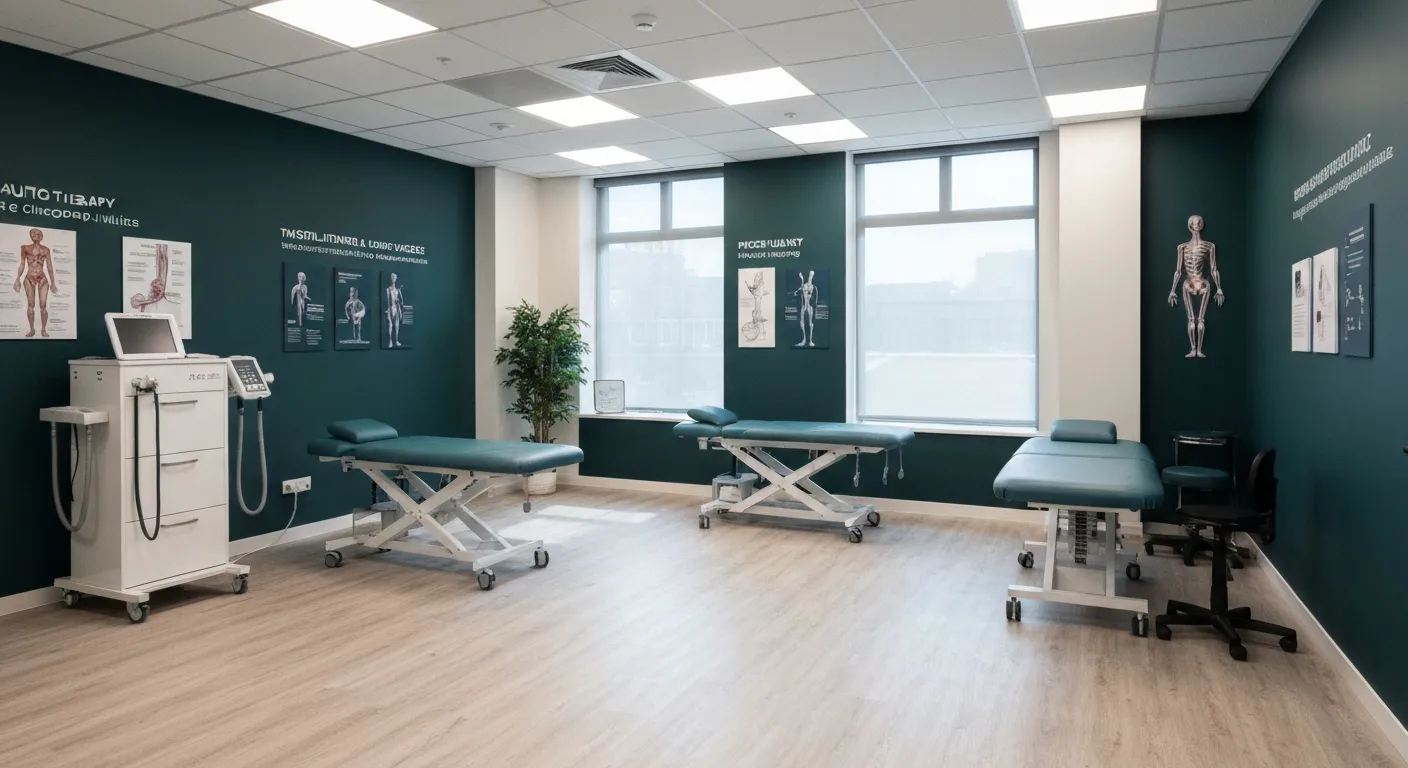
The Role of Physiotherapy in Enhancing Chiropractic Care Outcomes

Complementing Chiropractic Care with Physiotherapy: What You Need to Know
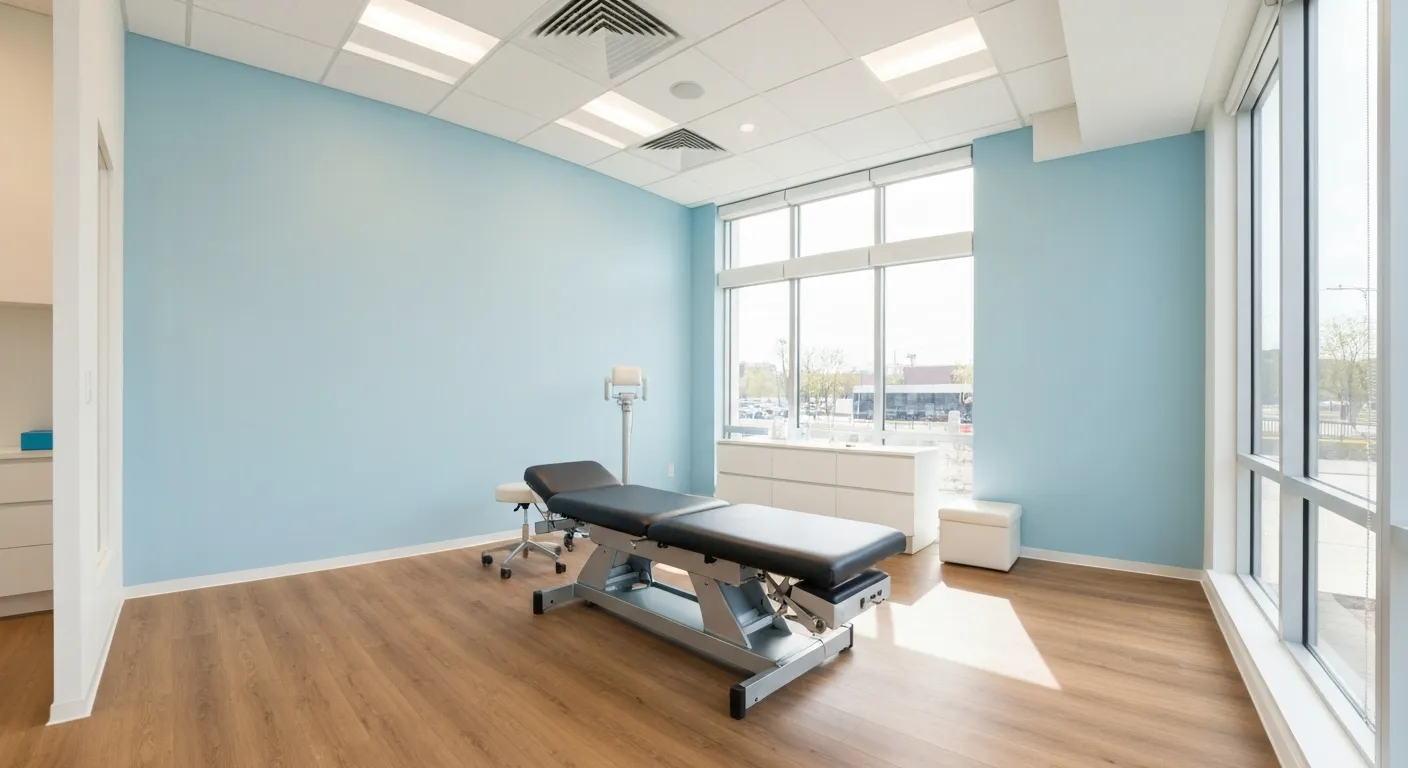
What to Expect During Your First Chiropractic Visit

Simple Lifestyle Adjustments to Maintain a Healthy Spine

Personalized Nutritional Counseling for Improved Health Outcomes

Exploring Non-Surgical Treatments for Spine-Related Conditions

An Introduction to Spinal Decompression for Sciatica Patients

Transformative Success Stories: Patient Experiences with Chiropractic Treatments

Why Chiropractic Care Is Essential for Back Pain Relief

Addressing Underlying Causes Versus Symptom Management in Pain Care

The Role of Nutrition in Enhancing Chiropractic Treatment Effectiveness

Sciatica Treatment Options: Is Spinal Decompression Right for You?

Lifestyle Tips to Maintain a Healthy Spine and Prevent Back Issues

The Synergy Between Physiotherapy and Chiropractic Treatments

What Happens During Your Initial Chiropractic Consultation

Effective Corrective Exercises for Sustainable Pain Management

Taking a Root Cause Approach to Chronic Pain Management

Holistic Pain Management Techniques Without Surgery

How Patient Success Stories Validate Chiropractic Care Benefits

Spinal Decompression: Innovative Treatment for Sciatic Nerve Pain

Spinal Decompression Therapy: A Non-Invasive Approach to Sciatica Relief

Exploring Holistic Approaches Beyond Surgery for Pain Relief

Practical Lifestyle Advice to Support a Healthy Spine Every Day

Corrective Exercise Routines Designed for Long-Term Pain Prevention

Real Patient Stories: Overcoming Chronic Pain with Chiropractic Care

Lifestyle Changes That Promote a Healthy Spine and Prevent Injury

How Addressing the Root Cause of Pain Leads to Lasting Relief

Non-Surgical Holistic Therapies to Manage Chronic Pain Effectively

Nutritional Counseling's Impact on Physical Health and Healing

Benefits of Regular Chiropractic Care for a Stronger Back

Your First Chiropractic Visit: What to Expect and How to Prepare

Patient Experiences: How Chiropractic Care Transformed Their Lives

Exploring Holistic, Non-Surgical Options for Pain Management

Combining Physiotherapy with Chiropractic Treatments for Enhanced Recovery

Holistic Treatments That Offer Alternatives to Surgery for Pain Relief

Corrective Exercise Strategies for Long-Term Spine Health

How Physiotherapy Complements Chiropractic Adjustments for Better Outcomes

First-Time Chiropractic Visitors: What You Should Know

Understanding the Importance of Treating Pain at Its Source

Adopting Lifestyle Changes to Support Your Spine's Wellness

Utilizing Physiotherapy to Enhance Chiropractic Treatment Outcomes

The Key Advantages of Chiropractic Care for Back Pain Sufferers

Why Focusing on Root Causes Improves Pain Treatment Success

Corrective Exercises That Promote Lasting Pain Relief and Mobility

Sciatica Relief Through Targeted Spinal Decompression Techniques

Preparing for Your First Chiropractic Appointment with Confidence

Healthy Lifestyle Habits for Maintaining Spinal Alignment

Success Stories Highlighting Chiropractic's Role in Pain Recovery

Top Benefits of Chiropractic Care for Chronic Back Pain

Nutrition Tips to Boost Your Overall Wellness and Recovery

How Chiropractic Care Alleviates Back Pain Naturally

How Nutritional Counseling Supports Overall Wellness and Spine Health

Step-by-Step Guide to Your First Visit with a Chiropractor

Using Nutrition to Support Chiropractic and Overall Wellness

Integrating Physiotherapy in Your Chiropractic Healing Journey

How Physiotherapy Complements Chiropractic Adjustments for Faster Healing

Lifestyle Tips for Maintaining a Healthy Spine and Preventing Back Pain

Heartwarming Patient Testimonials Highlighting Chiropractic Success

How Proper Nutrition Supports Chiropractic and Physiotherapy Treatments

Combining Physiotherapy and Chiropractic Treatments for Optimal Recovery

Why Chiropractic Treatments Are Effective for Managing Back Pain

Choosing a Chiropractor: Tips for Finding a Trusted Provider

Integrating Physiotherapy and Chiropractic: Benefits and What to Expect

How Tailored Corrective Exercises Can Aid in Pain Management

Chiropractic Care: A Proven Solution for Alleviating Back Pain

What to Expect at Your First Chiropractic Visit: A Comprehensive Guide

The Importance of Root Cause Analysis in Effective Pain Management

The Role of Corrective Exercises in Sustaining Pain-Free Living

Combining Chiropractic and Physiotherapy for Comprehensive Pain Relief

How Addressing Underlying Causes Improves Pain Treatment Effectiveness

Maintaining Spinal Health Through Lifestyle Changes and Preventive Care

Understanding the Benefits of Chiropractic Adjustments for Back Pain Sufferers

Spinal Decompression Therapy: A New Hope for Sciatica Relief

Lifestyle Recommendations to Support a Healthy Spine and Reduce Pain

